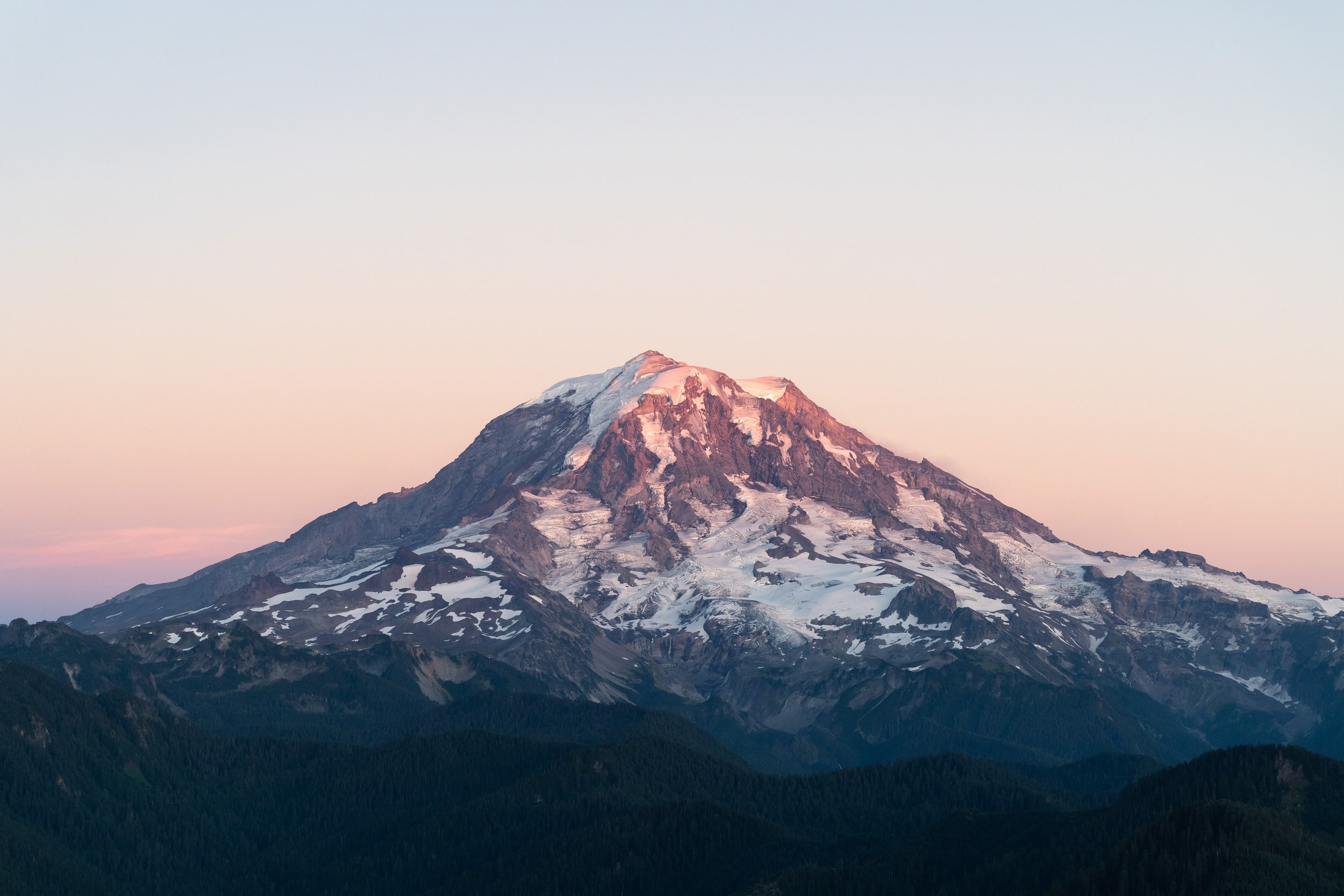
Our Blog
2025: From Sapling to Established Tree (Foundation)
This year, we turned seven. Thanks to your support, we have been on a growth trajectory since our days as a seedling foundation!
TACOMA PIERCE COUNTY CLIMATE LEADERSHIP COHORT-DIGITAL EXHIBIT
The Tacoma Pierce County Climate Leadership Cohort Digital Exhibit showcases the Capstone Projects of the 2025 climate leaders. Visit to learn about their contributions to our region’s communities and from the research and relationships they built as part of the program.
Tacoma’s Street Trees: A Community Map
Guest writer, Easton Umansky, a junior at the University of Puget Sound, shares his college research project to visually document low tree equity and high tree equity in Tacoma’s neighborhoods. Learn about the tool he produced and how you can support this meaningful research.
Why Tacoma’s Trees Won’t Be Protected Anytime Soon.
Home In Tacoma Phase Two was passed by Tacoma City Council on November 19, 2024. Almost a year later and trees on private property remain unprotected. What happened?
Trees of Significance: Growing community in the shade
As Washington's State Tree, the western hemlock is a charming example of the Pacific Northwest’s ecological majesty.
Tree Benefits, Part 2: A Healthy Home
Trees are incredible beings that provide countless benefits to our communities. From our air and water, to our energy and traffic, trees play a role in how we are affected by an abundance of elements around us.
Trees of Significance: Planting for Community Healing
Get to know TTF’s Planting Director, Jaala Smith, through the European beech tree. The tree that provided them with shelter and wonder while growing up, today is part of their efforts to support community healing through planting in historically underserved communities.
Tree Benefits, Part 1: Silent Superheroes
Trees are incredible beings that provide countless benefits to our communities. From our air and water, to our energy and traffic, trees play a role in how we are affected by an abundance of elements around us.
Get to Know the Big Trees on the Block
If you want to know more about how to identify trees, here’s how to ID two PNW superheroes: the Douglas fir and bigleaf maple.
Volunteers needed to map trees and plantable spaces in Tacoma
Our partners at the WSU Forest Health Lab in Puyallup have organized a series of training events in Tacoma for volunteers interested in inventorying trees and plantable spaces. Attend one of the upcoming trainings to learn about the importance of Tacoma’s urban forest and the approaches for participating in the Grit City Tree Count.
Urban Soils
Soil provides five essential functions in an ecosystem: water regulation, buffering against pollutants and pathogens, sustaining plant and animal life, cycling nutrients through the ecosystem, and providing physical stability.
2024 Pierce County Urban Heat Mapping Project
In the summer of 2024, Pierce County conducted a community heat-mapping project to collect data on urban heat islands and produce a heat map. These are the results.
Turning toward Each Other: On Nature and Healing
Some might say that sunflowers are the trees of flowers. For Claudia Linares, they are symbols of light and guides in her search to help people heal and come together.
2024: A YEAR OF GROWTH
In 2024, we broke our tree distribution record, grew operations, our full-time team, and our donor and volunteer base. In our yearly overview, we share these big wins and what we’re looking forward to in the coming year.
2024 Tacoma Pierce County Climate Leadership Cohort Capstone Projects
This year’s Cohort—our largest yet!—worked on a diverse array of topics, created opportunities for neighbors to engage with them, and started movements! Read our latest blog post to learn all about their projects.
Trees and Stormwater: How are trees in cities different from forests?
What can we learn from comparing water use in urban trees to water use in forest trees? Steven Quick shares recent research comparing urban trees and forest trees to determine which species of trees are more likely to be resilient in urban heat. The results help us understand why coniferous species, and native species more generally, can do better in urban conditions and. how we can take care of them.
Exploring Options for a Future with Western Redcedars.
Western redcedar dieback has been observed throughout the Northwest, leading to growing concerns about their survival in future climates. This study conducted by the WSU Ravenholt Urban Forest Health Lab with support from the Tacoma Tree Foundation is helping us understand how to make sure this amazing tree continues to grow in our state.
A Safe and Beautiful Right-of-Way. Part 2.
In our latest blog post, Eden Standley and Luke Vannice explore why ROWs were created in the first place, the challenges street trees face in Tacoma, and how to properly and creatively plant in this space!
Why the major arguments against Home in Tacoma fall flat.
Our city and our region can house everyone who wants to live here by offering many types of affordable and attainable housing, and this density can coexist with an abundance of trees and high-quality greenspaces. Here are 4 reasons why arguments against Home in Tacoma 2 fall flat!
Home in Tacoma Phase Two: Let’s Say Yes to Trees and Housing!
By creating pathways for more homes and more trees in the landscape, Home in Tacoma Phase Two could go down as one of the most important environmental and climate actions of our generation. But developers are fighting to remove private property tree protections. It's time to take action so Tacoma implements unified codes that will enable the growth critical infrastructure of trees and “middle housing” at the same time.



















